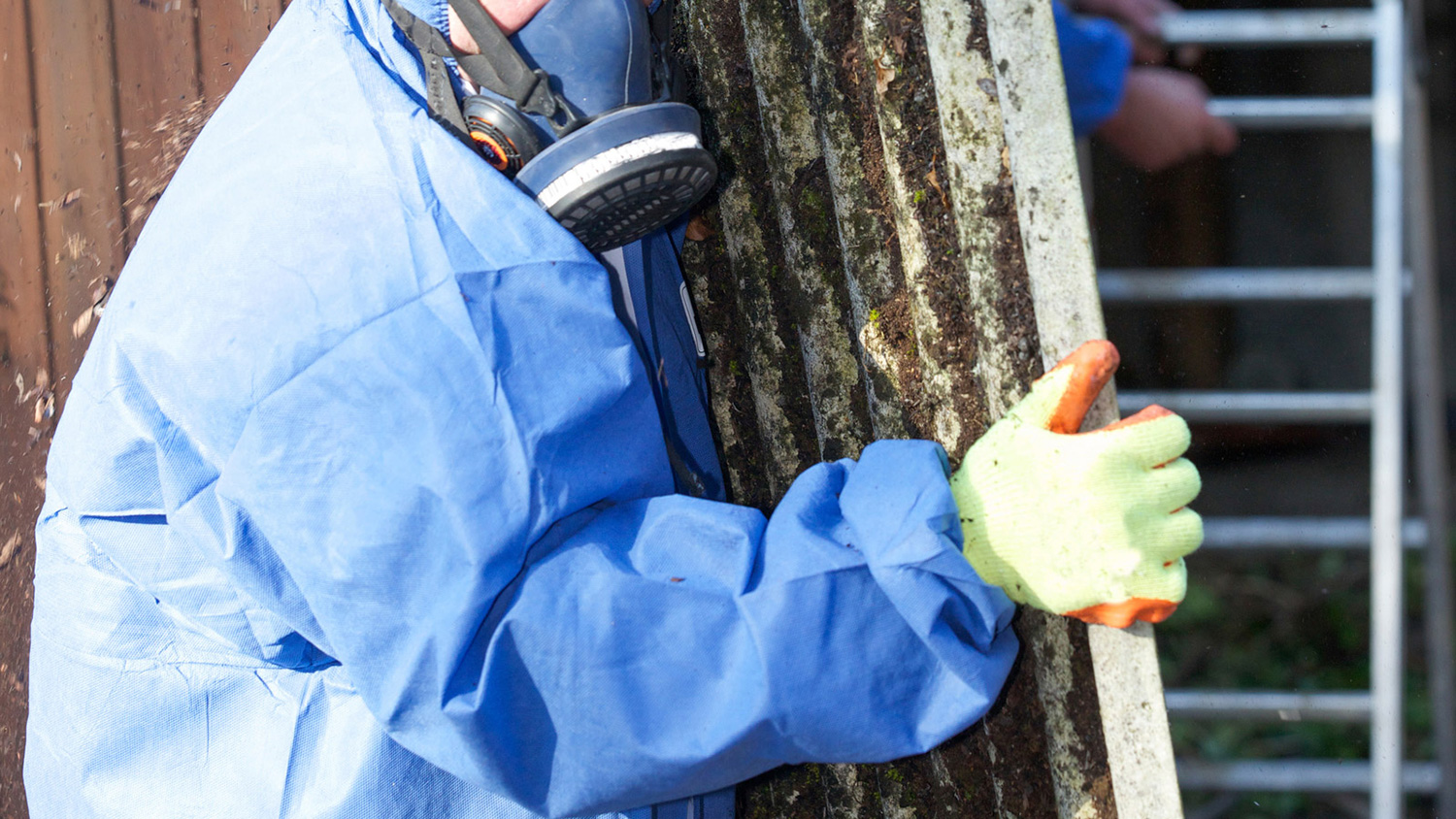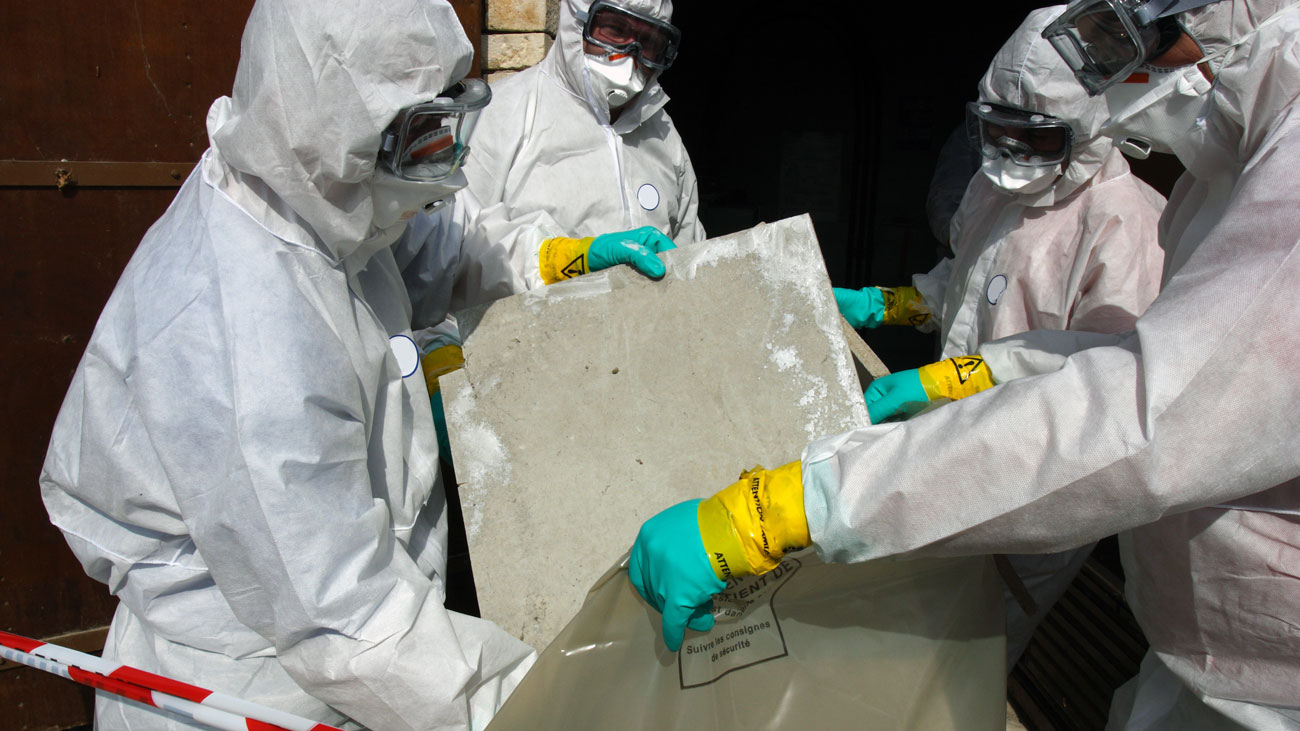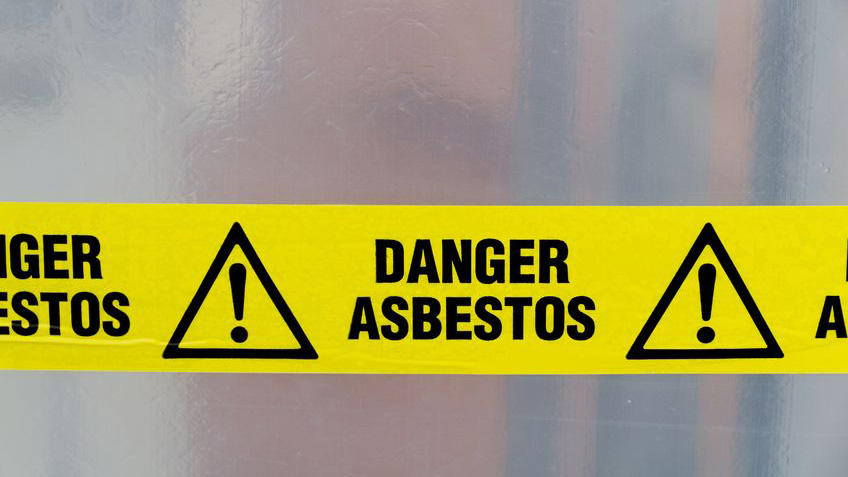
Call for removal of asbestos from all public buildings
A coalition of trade unions, representing more than four million UK workers, is calling for the removal of asbestos from all public buildings within the next 40 years, to safeguard the health, safety and welfare of school pupils, hospital patients and all workers who use non-domestic buildings.
As reported in the Sunday Times, the unions have written to the leaders of the Conservative Party, Green Party, Labour and the Liberal Democrats, calling for each party to include in their manifesto for the next general election a commitment to set a 40-year deadline to remove asbestos from non-domestic buildings.
They are calling for a commitment to implement in full the recommendations of the Work and Pensions Select Committee Sixth Report – The Health and Safety Executive’s approach to asbestos management.
The letter states:
“Asbestos exposure is still the biggest cause of work-related deaths in Britain. Around 5,000 people are dying each year from asbestos cancers linked to work exposure, including from mesothelioma. Asbestos is one of the great workplace tragedies of modern times and it is a national disgrace that Britain has one of the highest mesothelioma mortality rates in the world. We are calling on you and your party to include in your manifesto for the next general election, a commitment to implement in full the recommendations of the Work and Pensions Select Committee Sixth Report – The Health and Safety Executive’s approach to asbestos management (published on 21 April 2022), and particularly the recommendations to:
1. Set a 40-year deadline for the removal of asbestos from non-domestic buildings, focusing on removing the highest risk asbestos first, and the early removal from the highest-risk settings including schools.
2. Create a central digital register of all asbestos in non-domestic buildings, describing its location and type.
“We know how seriously you and your party consider the safety of school pupils, hospital patients and all workers who use non-domestic buildings to be. The full implementation of the recommendations within the Committee’s report is an essential step on the road to ensuring that schools, hospitals and all public buildings are safe from the blight of this insidious cancer-causing material. We would be grateful for your support on this critically important issue and look forward to receiving your response.”
Currently, the duty to manage asbestos is contained in Regulation 4 of the Control of Asbestos Regulations 2012 and requires the duty-holder to:
- Take reasonable steps to find out if there are asbestos-containing materials (ACM) in non-domestic premises, and, if so, its amount, where it is and what condition it is in.
- Presume materials contain asbestos unless there is strong evidence that they do not.
- Make, and keep up to date, a record of the location and condition of the ACM – or materials presumed to contain asbestos.
- Assess the risk of anyone being exposed to fibres from the materials identified.
- Prepare a plan that sets out in detail how the risks from these materials will be managed.
- Take the necessary steps to put the plan into action.
- Periodically review and monitor the plan and the arrangements to act on it so that the plan remains relevant and up to date.
- Provide information on the location and condition of the materials to anyone who is liable to work on or disturb them.
Asbestos-related diseases can take up to 40 years to manifest themselves and therefore it will take a long stretch of time before the asbestos ban starts bearing fruit.
The UK Asbestos Training Association (UKATA) has raised concerns around the lack of asbestos training that has been undertaken since the COVID-19 pandemic.
Said Craig Evans, Chief Operating Officer of UKATA:
“Our concern is that the fabric of the many workplaces and public buildings that have been closed during the COVID-19 outbreak will have declined. This increases the risk of exposure to deadly asbestos fibres for the buildings’ users. The latency period of asbestos, coupled with a substantial drop in training numbers, could mean that the UK will be facing a greater amount of deaths from asbestos over the next 15-60 years. It is now vitally important that all building managers and appointed persons ensure that their asbestos training is up-to-date. These are difficult times, but this is a matter of life or death.”
Duty to manage training is a legal requirement, but industry figures show the number of workers who have undertaken asbestos training since March 2021 has steeply declined and is at its lowest level for five years.
International Workplace’s half-day Asbestos-Awareness course covers asbestos types, uses and likely occurrences, effects on health, dealing with emergencies and how to avoid risks from building work.
The course helps learners to:
- Understand the risks from asbestos in the workplace.
- Identify the different products and uses of asbestos.
- Avoid disturbing asbestos during your work.
- Achieve legal compliance with the statutory requirement.




